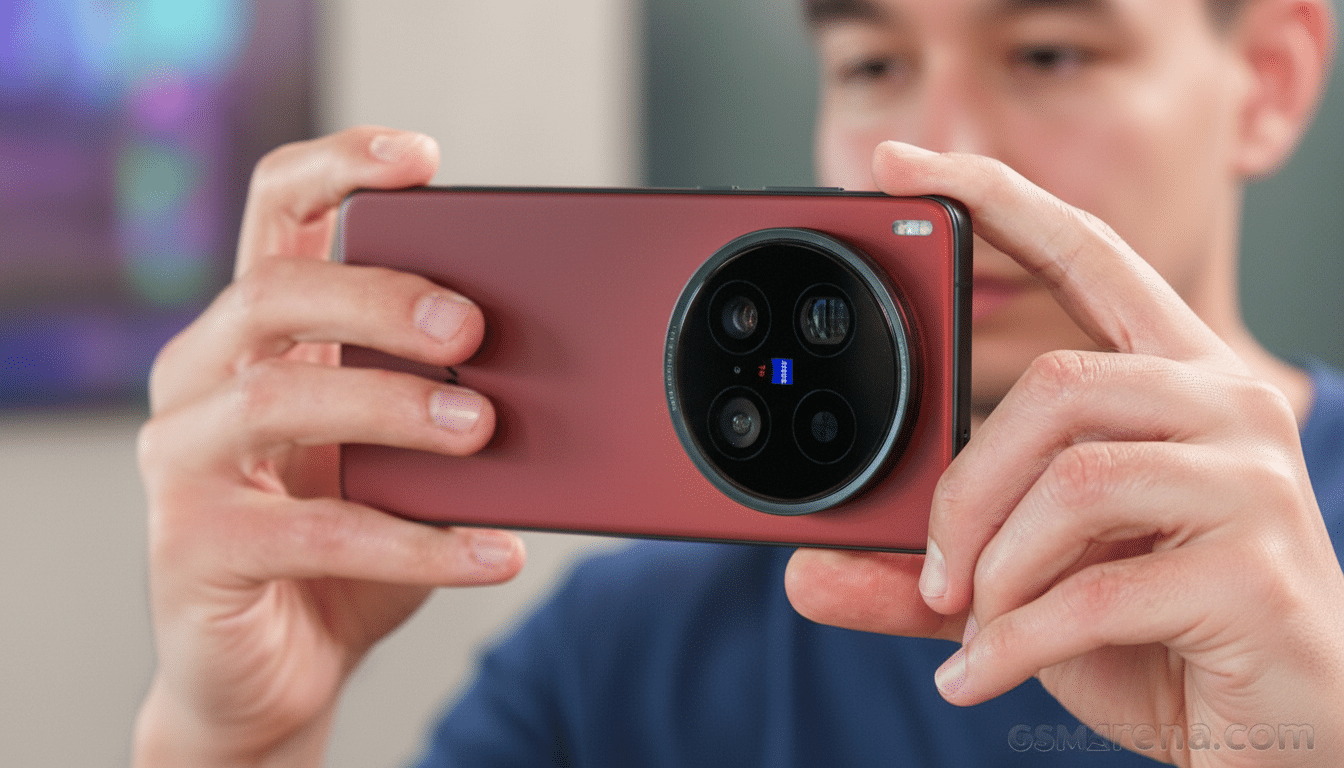13 Mar 2022
Vivo’s next flagship camera phone could be a giant leap, according to a fresh leak: the X300 Ultra is tipped to include dual 200MP cameras, with the primary lens sited around the 35mm/50mm equivalent focal length range. If true, the sequel to one of the year’s most lauded mobile shooters could be poised to take mobile imaging into a space traditionally reserved for real cameras.

Two 200MP sensors and a 35mm play for natural shots
The standout rumor is a dual 200MP array: a high-res main alongside a 200MP periscope zoom. The main camera apparently holds a 35mm equivalent—not common in phones, which typically use the wider-angle 23–24mm for that look. By inching closer to 35mm, the X300 Ultra could achieve a little less distortion with that narrower field of view and more natural subject separation, perfect for portraits and street scenes without as much of the distortion you see at wider lengths.
This isn’t just about framing. 200MP can also be binned down to approx 12.5MP through 16-in-1 processing, which means it is possible to simulate big effective pixels for better low-light capture and mid-tone detail than a small-pixel monochrome sensor without any mosaicing or binning. It also allows clean in-sensor crop to, say, 50mm or even 70mm-like framing without relying purely on digital zoom. For some background, competitors like Samsung’s Ultra lineup have been using 200MP sensors at ~23–24mm, so stepping up to 35mm should help shift the creative baseline and possibly minimize the need to swap lenses for portraiture.
What doesn’t change, and what meaningfully improves
Not everything seems to be in flux. The ultrawide is expected to be a 50MP shooter, from the sounds of it with an oversized 1/1.28-inch sensor. That’s chunky for an ultrawide and should help rein in edge noise and hold detail in low light. Keeping a large sensor here indicates to me that Vivo is designing around the focal range, not just chasing easy headlines on the headlining main camera.
Leaked chatter also suggests the trio will feature wide apertures and an updated Zeiss T* coating. On a practical level, brighter apertures on top of better coatings can diminish flare, hold onto contrast around point light sources, and preserve color neutrality. This has been a sore spot for some such magnifying glass phones; incremental gains here can often mean the difference between a couple fewer ruined night shots and clearer footage under neon or street lights.
Silicon to fit the sensors and handle the bandwidth
Rendering two 200MP cameras is hard for bandwidth and compute. The X300 Ultra is said to be powered by Qualcomm’s next-gen flagship platform, and the not-Ultra models are rumored to run on MediaTek’s new Dimensity. Modern triple ISPs coupled with raw NPU to support faster on-device AI for multi-frame fusion and large memory throughput with LPDDR5X memory combine so that high-res pipelines can yield significant gains. Look for Vivo to rely on things like multi-frame HDR, motion de-ghosting, and more advanced sharpening suppression to really get the most out of those sensors.

And it would fit the larger pattern, too. Independent test labs like DXOMARK have consistently demonstrated that top-ranked camera phones combine big sensors with aggressive computational photography and strong lens coatings. Vivo has tried to sit in that blend before — its Ultra line is another example — and a 35mm 200MP primary could be the difference-maker that changes the conversation from resolution alone to rendered design.
Accessories and availability for Vivo’s next flagship
There’s speculation about a renewed push for telephoto accessories, having seen new detachable modules already in high-end models from big Chinese brands. An add-on tele kit would hardly be surprising, given the Ultra’s lineage, especially if Vivo wants to push optical reach beyond what a periscope can carry comfortably in a thin body.
One of the big questions is market reach. Some of the past Ultra versions have occasionally been limited to China. Should history repeat itself, that could leave fans abroad watching from afar and potentially importing at a premium. More widespread availability would help inject some life into the flagship camera category, while rivals might have to scramble to respond in kind with hardware changes beyond mere software tweaks.
Why a 35mm 200MP phone matters for everyday photography
Most phones automatically open with a wide, dramatic perspective. A 35mm principal flips that around, in favor of perspective that flatters faces and keeps your lines clean. Paired with today’s dense sensors and modern image processing, the X300 Ultra might finally normalize a more photographic aesthetic out of the box—cleaner portraits without switching modes, nicer mid-range crops, less compromise in mixed light.
As always, the proof will be in actual shooting. But if the leaks bear out, this sequel is not mere spec-sheet theater. It’s a conscious rethinking of what a phone camera is supposed to default to, given the horsepower needed to make those giant sensors sing.

